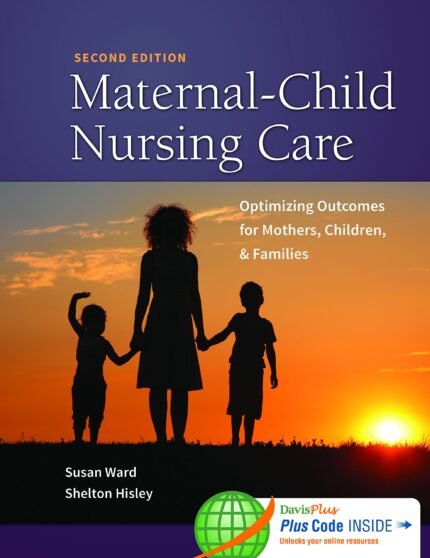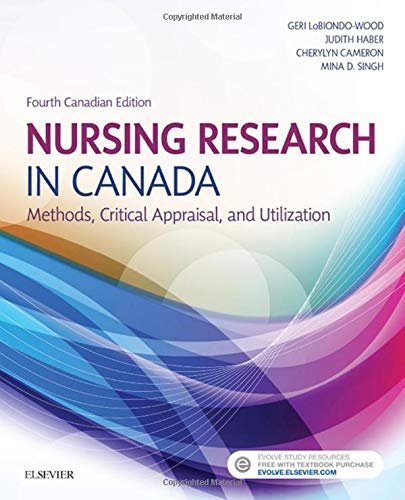Test Bank For Foundations of Nursing in the Community 3rd Edition By Stanhope Lancaster
Test Bank For Foundations of Nursing in the Community 3rd Edition By Stanhope Lancaster
Foundations of Nursing in the Community 3rd Edition By Stanhope Lancaster – Test Bank
Foundations of Nursing in the Community 3rd Edition By Stanhope
Foundations of Nursing in the Community 3rd Edition
Chapter 1: Community-Oriented Nursing and Community-Based Nursing
Test Bank
MULTIPLE CHOICE
- Which of the following best describes community-based nursing?
| a. | A philosophy that guides family-centered illness care |
| b. | Giving care with a focus on the group’s needs |
| c. | Giving care with a focus on the aggregate’s needs |
| d. | Having the goal of giving optimal care to all clients |
ANS: A
By definition, community-based nursing is nursing that focuses on family-centered illness care to individuals and families in the community.
DIF: Cognitive Level: Knowledge REF: p. 3
- Which of the following best describes community-oriented nursing?
| a. | A practice that focuses on individuals and families |
| b. | Giving care to manage acute or chronic conditions |
| c. | Giving direct care to ill individuals within their family setting |
| d. | Having the goal of health promotion and disease prevention |
ANS: D
By definition, community-oriented nursing has the goal of preserving, protecting, or maintaining health to promote the quality of life. All nurses may focus on individuals and families, give direct to care to ill persons within their family setting, and help manage acute or chronic conditions.
DIF: Cognitive Level: Knowledge REF: p. 3
- What is the unique primary focus of public health nursing?
| a. | Families and groups |
| b. | Illness-oriented care |
| c. | Individuals in their families |
| d. | Promotion of quality of life |
ANS: D
The key difference between community-based and community-oriented nursing is that community-based nurses deal primarily with illness-oriented care, whereas community-oriented nurses—or public health nurses—provide health care to promote quality of life.
DIF: Cognitive Level: Knowledge REF: p. 3
- Life expectancy increased dramatically during the twentieth century, primarily because of:
| a. | Findings from medical laboratory research |
| b. | Incredible advances in surgical techniques and procedures |
| c. | Sanitation and other public health activities |
| d. | Use of antibiotics to fight infections |
ANS: C
Improvement in control of infectious diseases through immunizations, sanitation, and other public health activities led to the increase in life expectancy from less than 50 years in 1900 to more than 77 years in 2002.
DIF: Cognitive Level: Knowledge REF: p. 5











